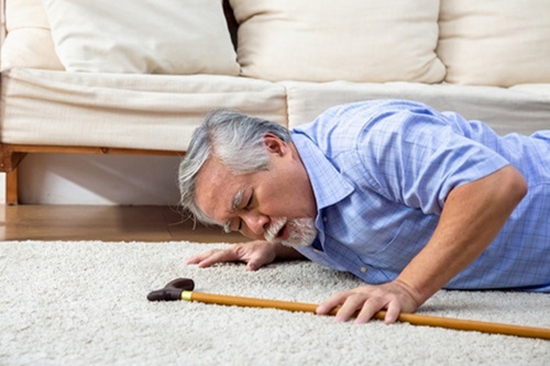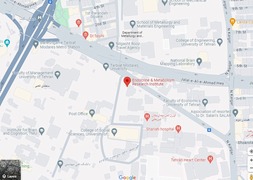Identifying determinants for falls among Iranian older adults: insights from the Bushehr Elderly Health Program
Falls are a common cause of fractures in older adults. This study aimed to investigate the factors associated with spontaneous falls among people aged ≥ 60 years in southern Iran.

Methods
The baseline data of 2,426 samples from the second stage of the first phase of a prospective cohort, the Bushehr Elderly Health (BEH) program, were included in the analysis. A history of spontaneous falls in the year before recruitment was measured by self-report using a standardized questionnaire. Demographic characteristics, as well as a history of osteoarthritis, rheumatoid arthritis, low back pain, Alzheimer’s disease, epilepsy, depression, and cancer, were measured using standardized questionnaires. A tandem gait (heel-to-toe) exam, as well as laboratory tests, were performed under standard conditions. A multiple logistic regression model was used in the analysis and fitted backwardly using the Hosmer and Lemeshow approach.
Results
The mean (standard deviation) age of the participants was 69.34 (6.4) years, and 51.9% of the participants were women. A total of 260 (10.7%, 95% CI (9.5–12.0)%) participants reported a spontaneous fall in the year before recruitment. Adjusted for potential confounders, epilepsy (OR = 4.31), cancer (OR = 2.73), depression (OR = 1.81), low back pain (OR = 1.79), and osteoarthritis (OR = 1.49) increased the risk of falls in older adults, while the ability to stand ≥ 10 s in the tandem gait exam (OR = 0.49), being male (OR = 0.60), engaging in physical activity (OR = 0.69), and having high serum triglyceride levels (OR = 0.72) reduced the risk of falls.
Conclusion
The presence of underlying diseases, combined with other risk factors, is significantly associated with an increased risk of falls among older adults. Given the relatively high prevalence of falls in this population, it is crucial to pay special attention to identifying and addressing these risk factors




comment